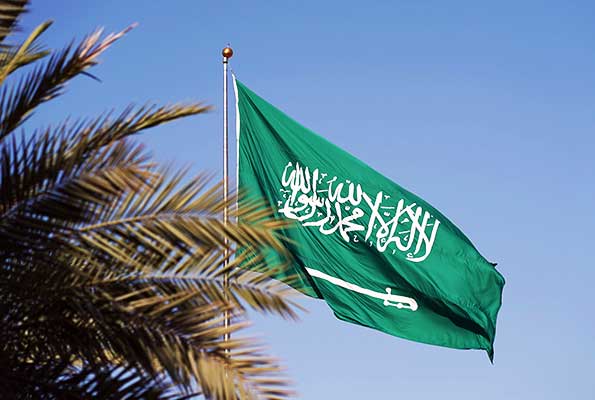A report by the Institute of International Finance has predicted that Saudi Arabia’s overall GDP growth will decelerate from 8.9% in 2022 to 2.4% in 2023, a 3% decline in average oil output as a result of the impact of OPEC+-sponsored cuts to the Kingdom’s production targets.
Garbis Iradian, the IIF’s head economist for the MENA area, stated, “Yet, we expect non-oil growth to remain healthy at 4.7% in 2023.”
After China facilitated reconciliation between Saudi Arabia and Iran, tensions in the region have continued to deescalate, which might stimulate more investments and boost potential growth beyond the immediate term.
Of Saudi’s overall GDP, 43% comes from oil. The Kingdom’s current revenue flow will shrink to 4.3% of GDP in 2023, assuming that oil prices average USD 80 per barrel and that the OPEC+ cuts cause a little reduction in export volumes. According to calculations, 2023’s fiscal breakeven oil price is currently at USD 83 per barrel, while the external breakeven oil price, which balances the current account, is at USD 67 per barrel.
The research stated that even if the current account surplus has shrunk, capital outflows from Saudi Arabia will still be higher than non-resident capital inflows. As long as FDI continues to outpace FDI inflows, investments made abroad by the PIF, the Saudi sovereign wealth fund, will also be a significant factor in resident capital outflows.
“We expect private non-resident capital inflows to increase from $11 billion in 2022 to $44 billion in 2023, driven largely by the issuance of international bonds. Preliminary data for the first five months of this year shows that FX bond issuance has already surpassed that of the entirety of last year,” the IIF stated.
Saudi Arabia’s financial situation, however, is still stable, as per the report.
“Public foreign assets have expanded, and debt has decreased during the previous 20 years due to a sizable current account and a fiscal surplus. While government credit ratings are still relatively sound, the kingdom has one of the lowest sovereign default risks among Emerging Markets,” IIF observed.
The IIF listed “lower oil output and prices than what we estimate as well as a slower implementation of changes” as potential risks to their view.
Although the Saudi Public Investment Fund’s participation in significant projects has boosted non-oil industries in the past two years, excessive reliance on such public bodies may result in an unequal playing field and inefficiencies, the report concluded.



